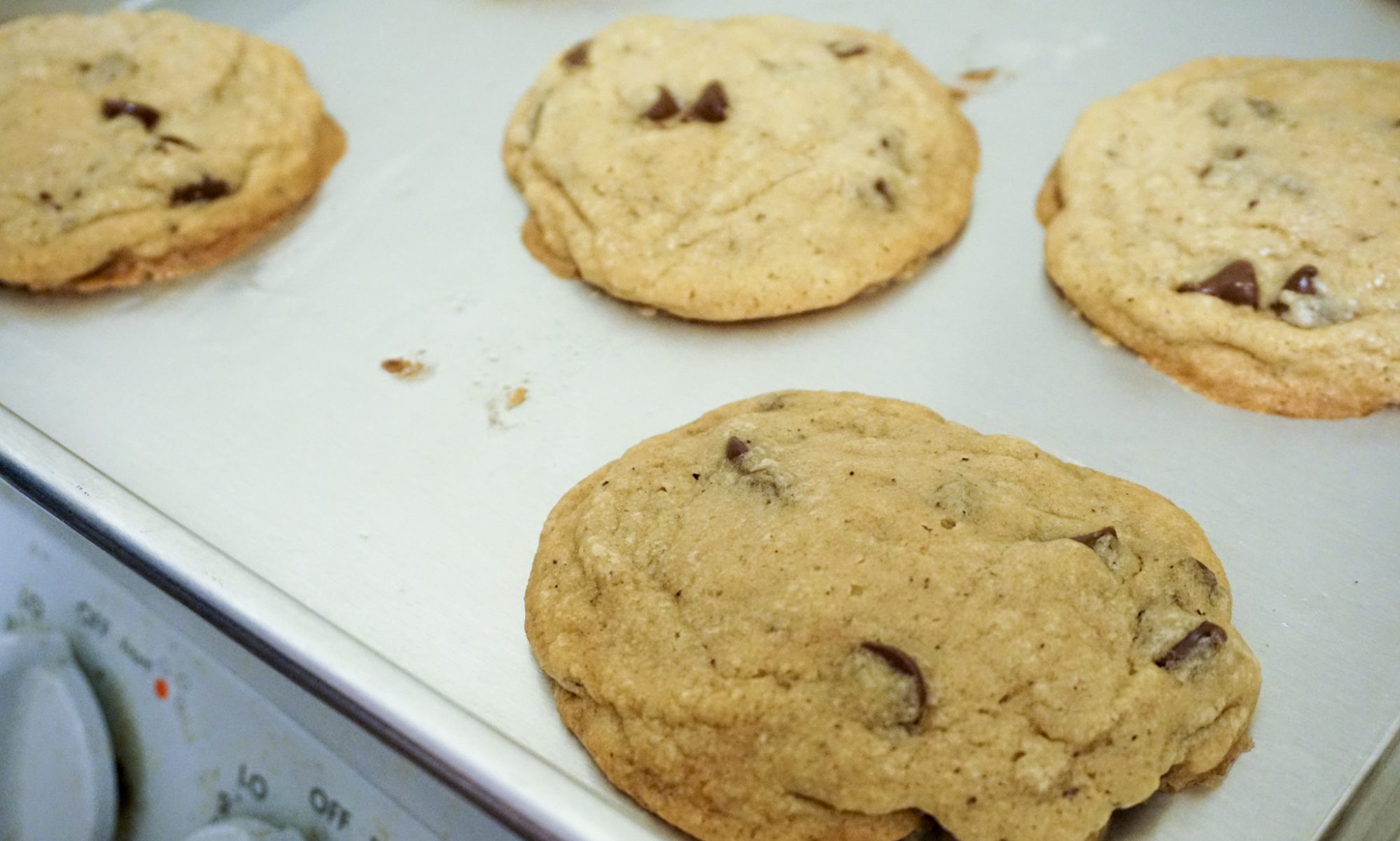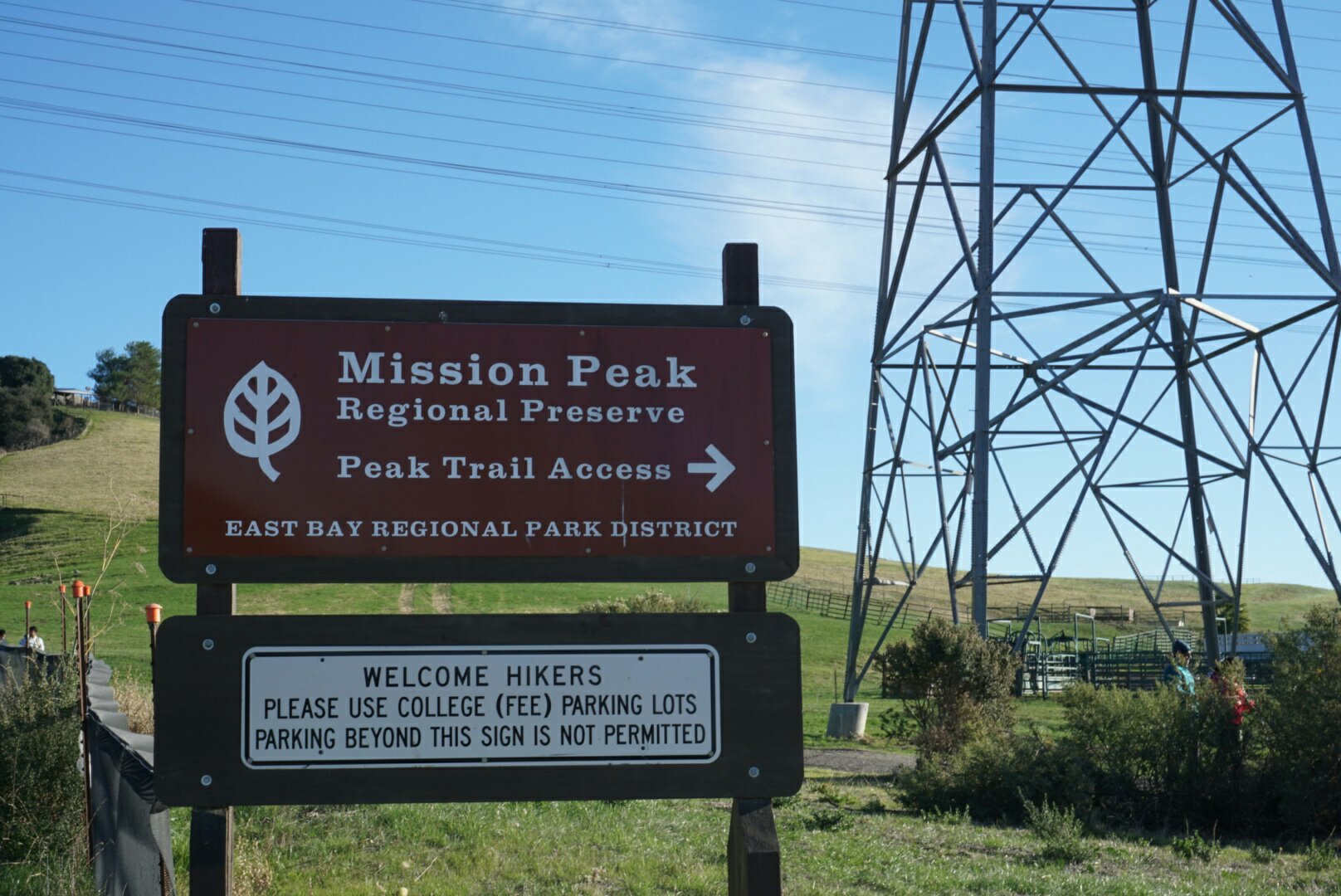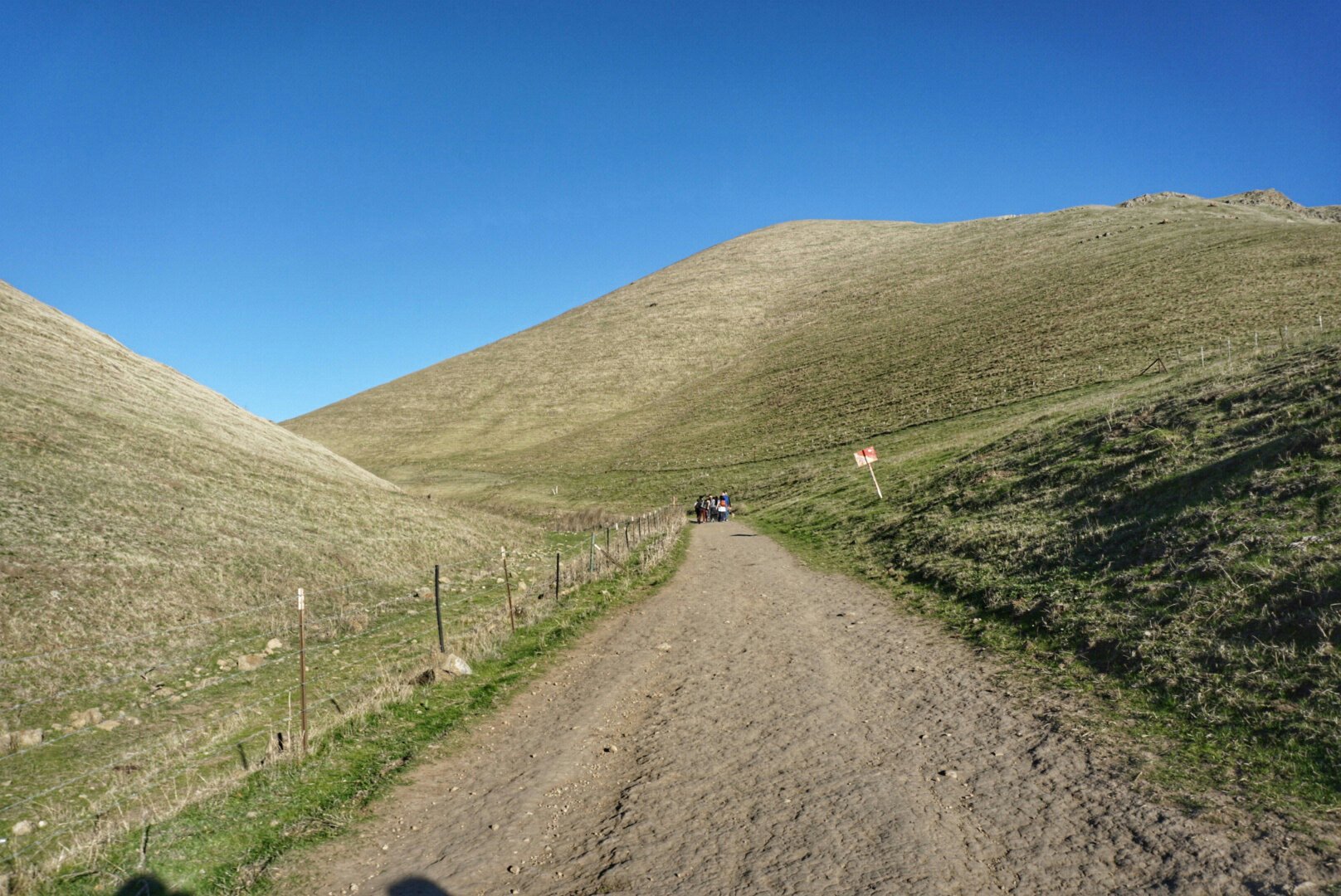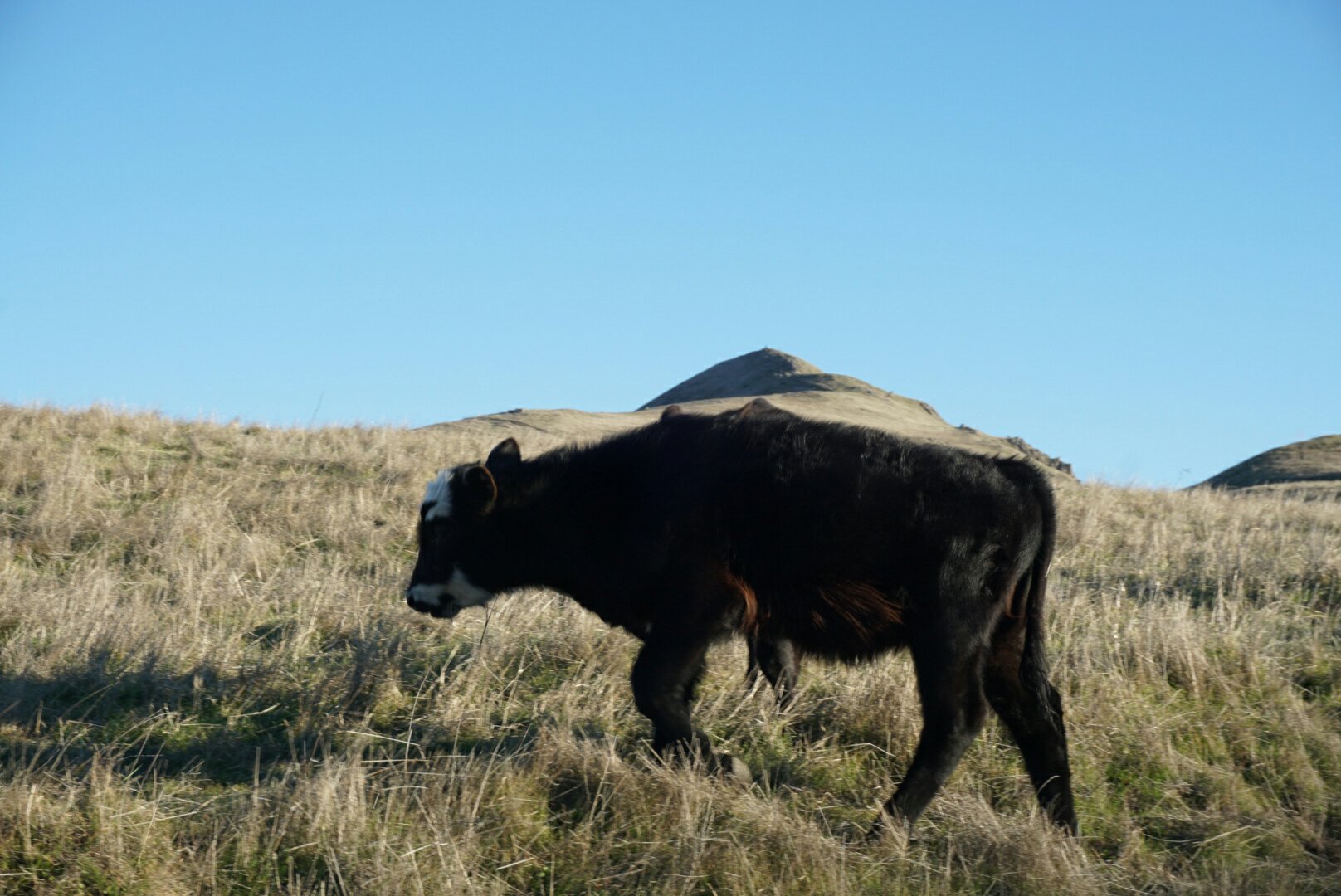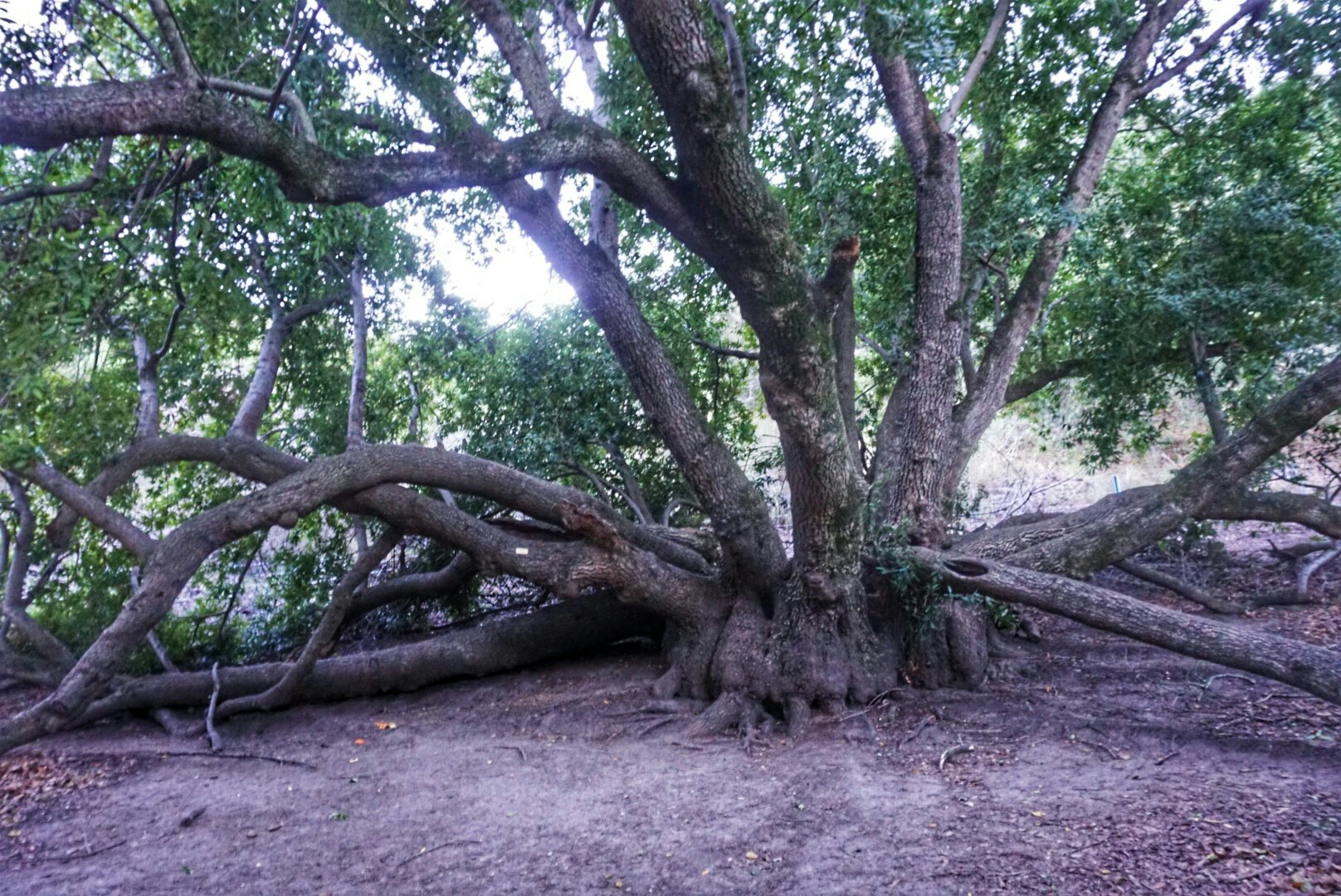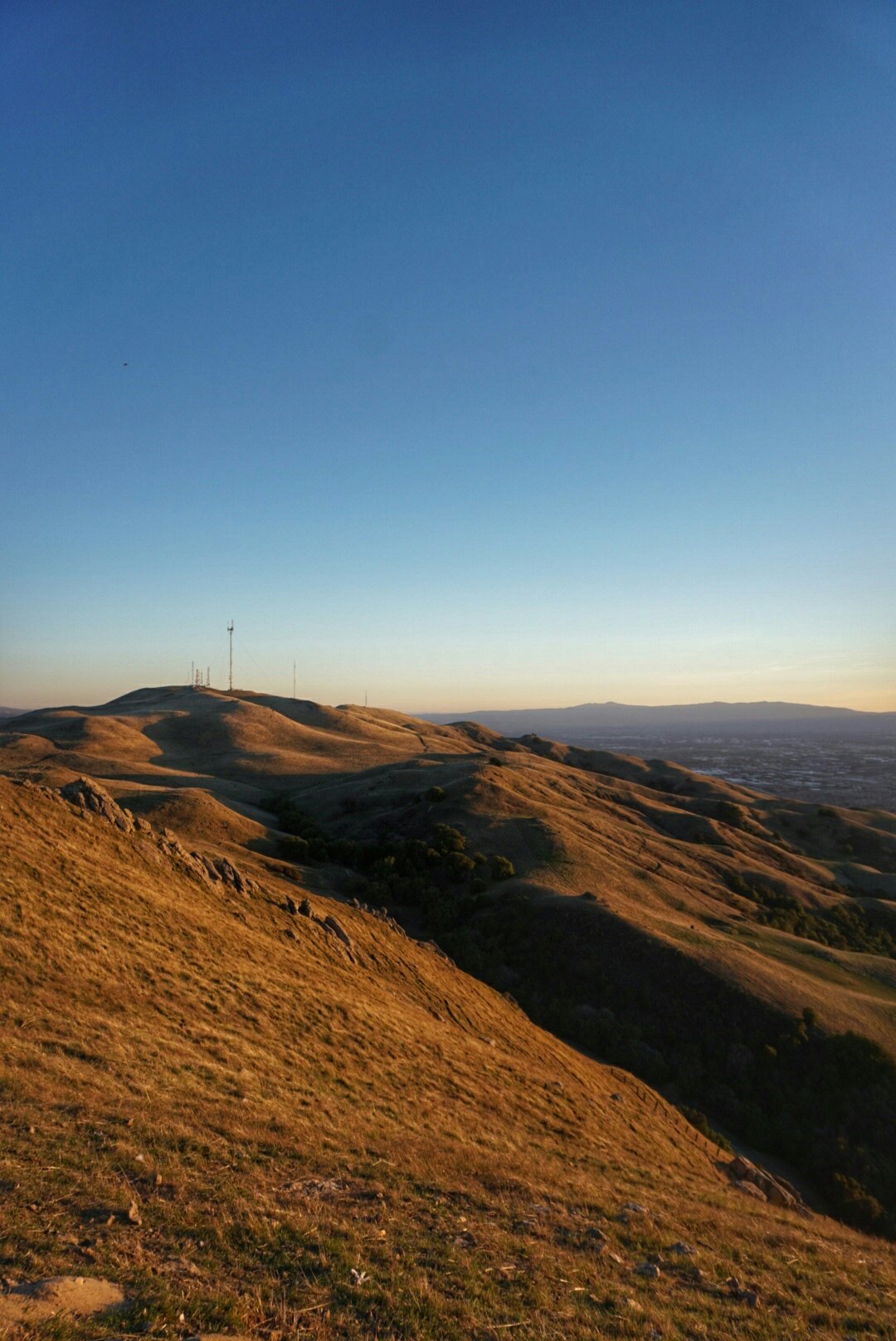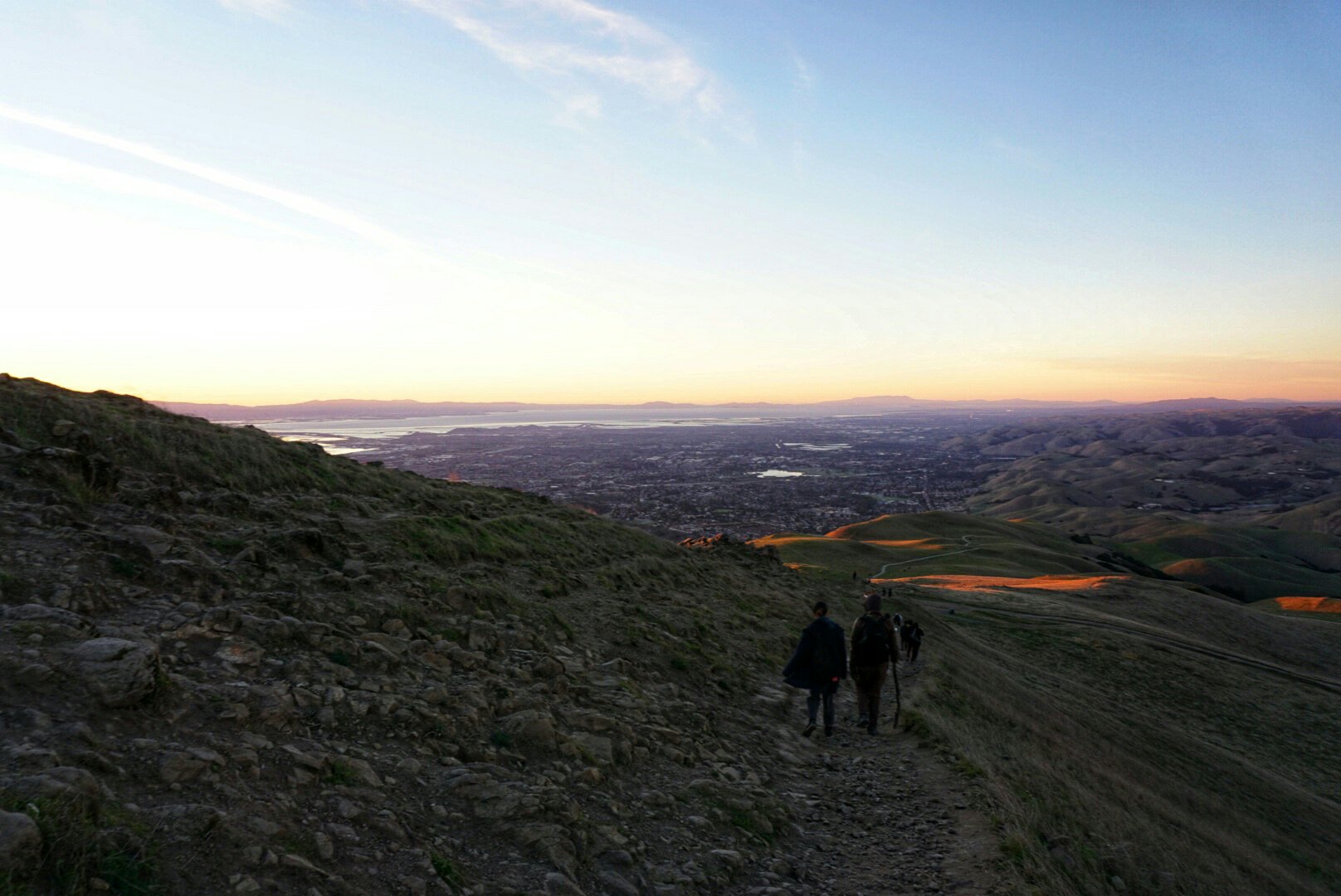Amazingly, it’s snowing again! I’ll upload pictures tomorrow morning. Since it was cold today and should be for the next few days, it might not melt immediately!
Wild Basin Preserve
Sibling C and I went hiking today at Wild Basin Preserve. My parents called it “barren” (or maybe it was “desolate”), but I thought it was great! It has been raining a lot recently, so everything was lush and the creek was full.

My mom claimed that the preserve was built on a dump, but it took some internet digging by sibling C to discover the truth! Only 5 acres (near the parking lot) of the preserve’s total 277 acres were used as a “dumping area” from 1947 to 1974. The area has since been reforested (source).
Stuff that we saw:
Lots of moss! Sibling C told me to become a moss expert and teach her about it. Unfortunately, there doesn’t seem to be a lot of info about moss available. I emailed some university professor for info. Hopefully they’re enthusiastic enough to want to share info with me!
Evergreen sumac, which has edible red berries. Watch out for poison sumac, which has white or gray berries and causes contact dermatitis, and nandina, a super invasive plant that has red cyanide-containing berries.

Sycamore, which has edible sap, much like sugar maples. The leaves can be used as a wrap for food, like corn husks or banana leaves (source).
Lindheimer’s silktassel (source of natural rubber).
Nolina, which has edible flower stalks and seeds. The leaves have also traditionally been used for making baskets.
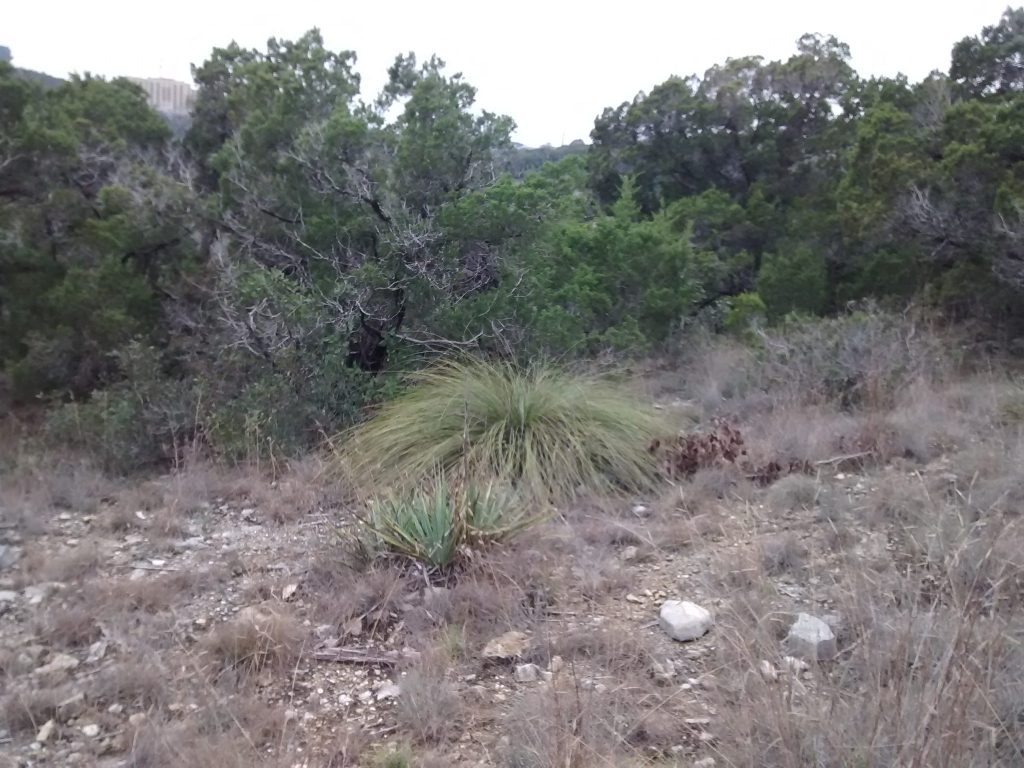
Woodcock, which is a dorky-looking bird (edible and seemingly easy to catch. The one we saw didn’t even fly away, it ran off and not very far). They are not common in Central Texas and difficult to spot even in the best of locations. Lucky!
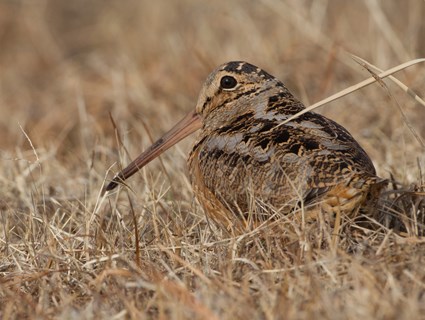
New nature preserve discovered
J and I visited Stillhouse Hollow nature preserve in Austin. I have known about it for a few years, but have never gone before (’cause my interest in native plants and animals is only recent).
It’s a great trail with a much different atmosphere and set of plants than the nearby Hyridge trail.



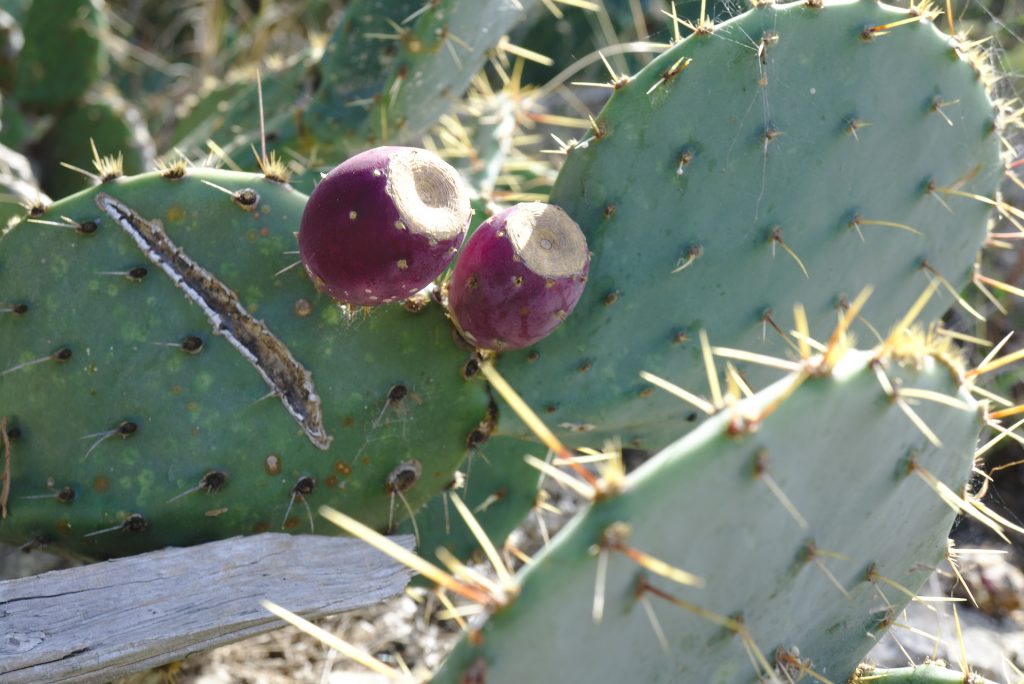
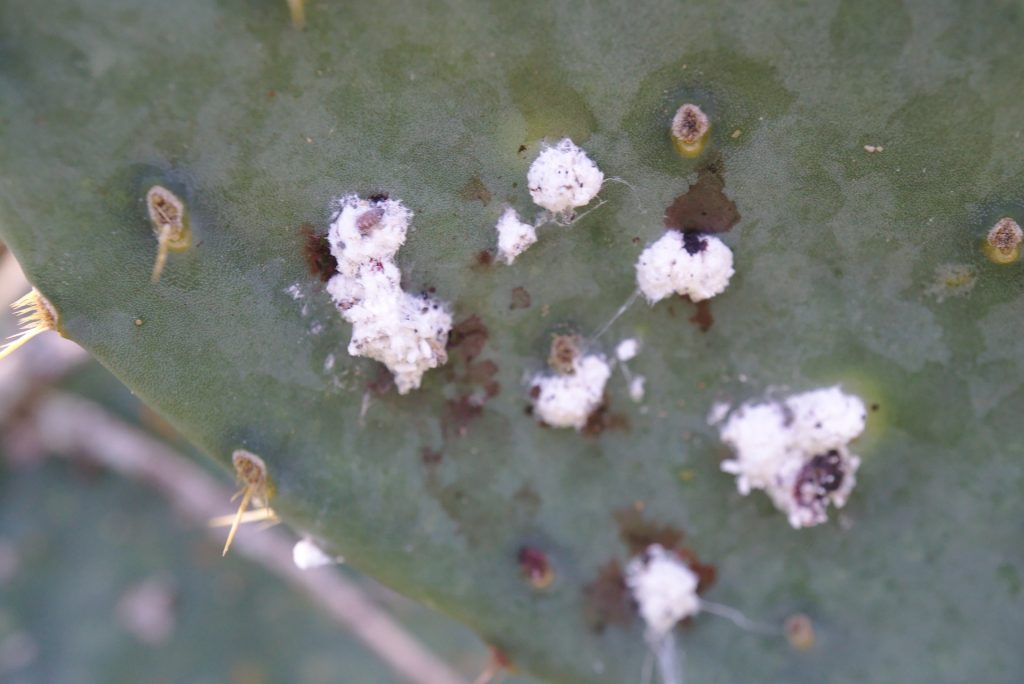


The trail ended with a lookout over a limestone box canyon with flame-leaf sumac, black walnut, and beautyberry (all edible!), among other things. Very nice!
Check out nature preserves in your area! You can browse Google Maps for them- green-shaded areas are parks, preserves, and trails.
American-made bedding options
My parents wanted new sheets, so, of course, I wanted them to buy the most sustainable option! So I ended up doing a ton of market research to find the best option. Here is the answer:
They sell sheets, bath towels, kitchen towels, and aprons. The cotton is organically grown in the US (in Texas). The fiber is milled, spun, and woven in a historical water-powered mill in Mexico (source). Their products are colored through a combination of low-impact dyes and color-grown cotton. The prices are on par with other mid-tier bed and bath products not made sustainably and not made in the US (so I hope that Native Organic makes a profit!).
My parents went with Coyuchi, not a bad choice. They are also organic and, I believe, use low-impact dyes, but their products are mostly made in India (and, surprisingly, are more expensive). The balance was swayed in Coyuchi’s favor because they have sateen sheets in white (the closest Native Organic has is “natural”).
Red Land Cotton is another good option, although I know less about it. They grow their cotton in the US (in Alabama), and make all their products in the US. Their cotton is not certified organic, but the About Us page states that they dry-farm the cotton (no irrigation!) and use sustainable practices.
On a similar note, KellyGreenOrganic and Holy Lamb Organics are cool sustainable bedding companies. They sell mattresses, pillows, sheets, blankets, other home goods, and craft materials. DIY Natural Bedding is the mecca for bedding-related craft materials. They are amazing!! Most if not all of these companies’ materials are organic and sustainably sourced, and made in the US.
Next time you need to buy bedding, support one of these amazing companies! They appreciate it 🙂
Dyeing with spinach
Using this article for reference, sibling C and I dyed some of her cotton-and-nylon socks with liquid leftover from cooking spinach. Spinach produces yellows to greens, but doesn’t stick very well (isn’t “fast”). We added some iron (from an iron supplement) to make the color more green, and to hopefully make it darker and more fade-resistant.
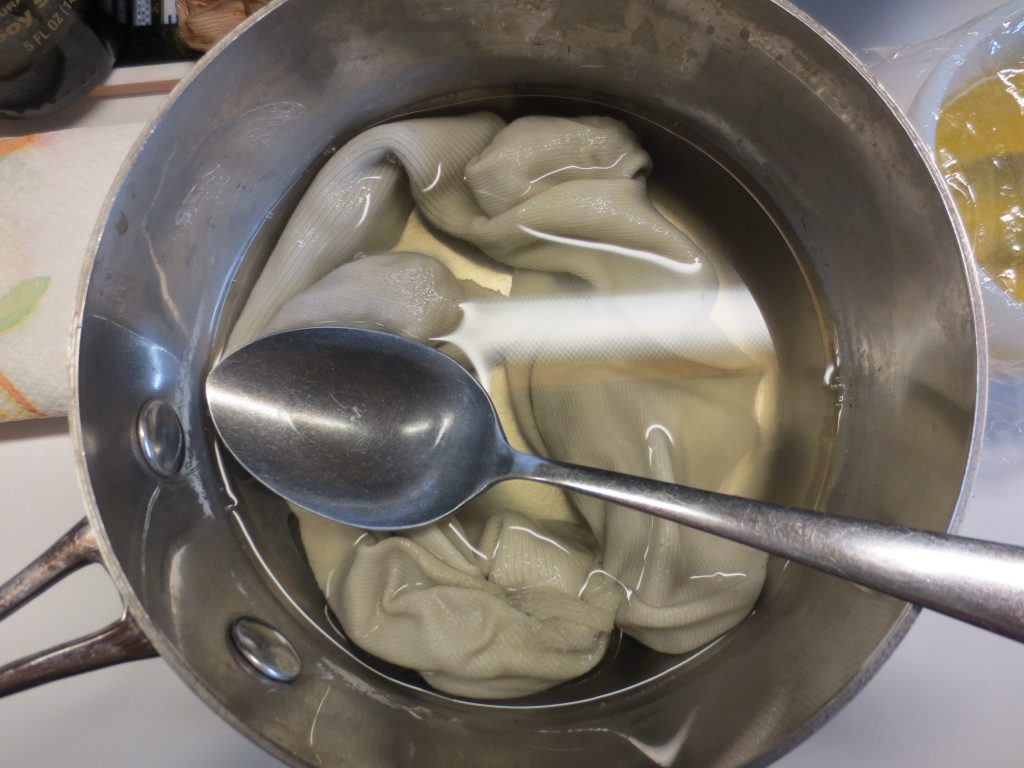
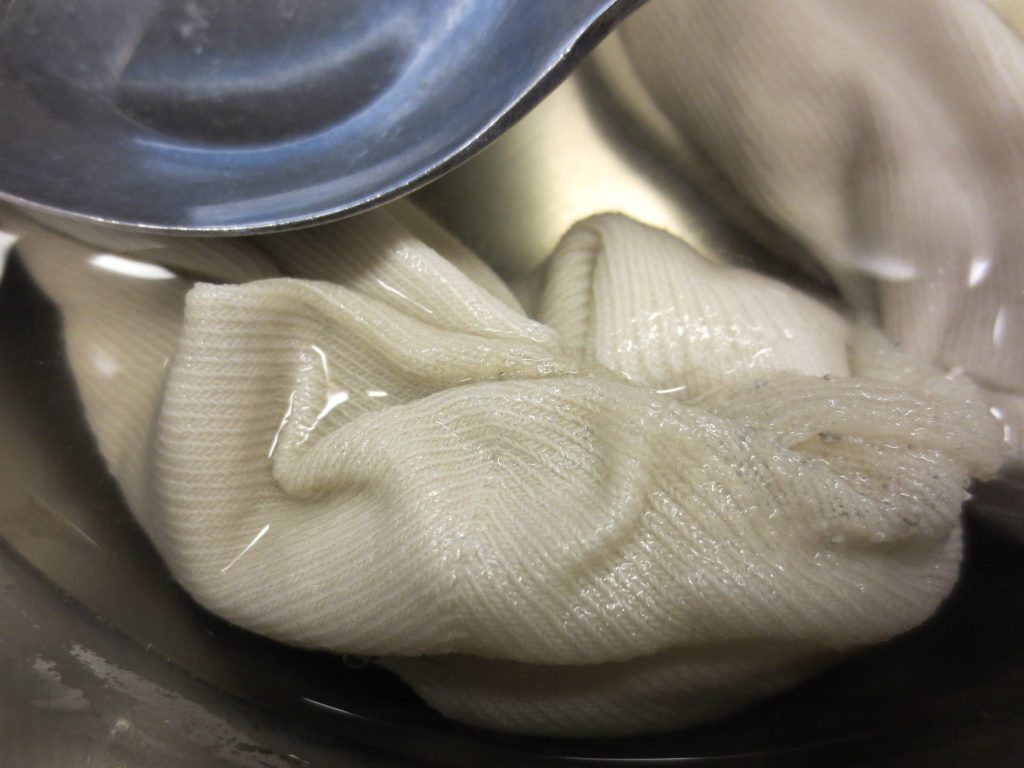
The socks looked like something at first, but, like many naturally-dyed articles, quickly faded. Very sad 🙁 Sibling C is amassing a very pastel army of naturally-dyed socks. The one upside is that they coordinate very well.
Mission Peak
Coleslaw
Recipe
Green cabbage
White vinegar
Mayonnaise
Sugar
Salt and pepper

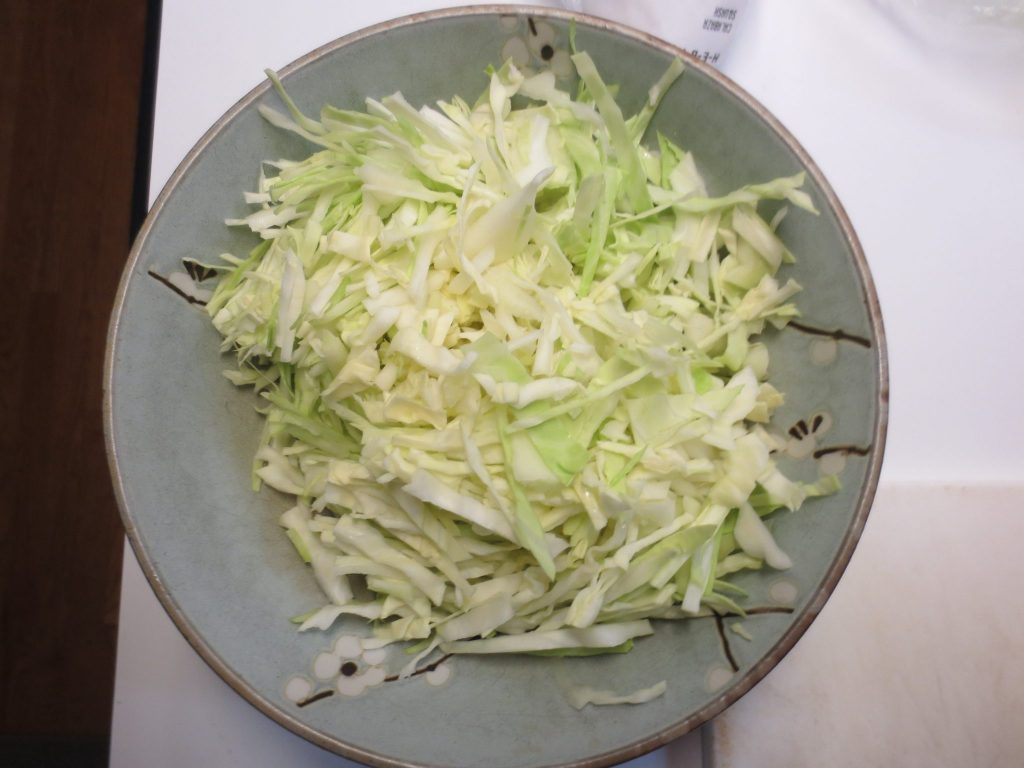


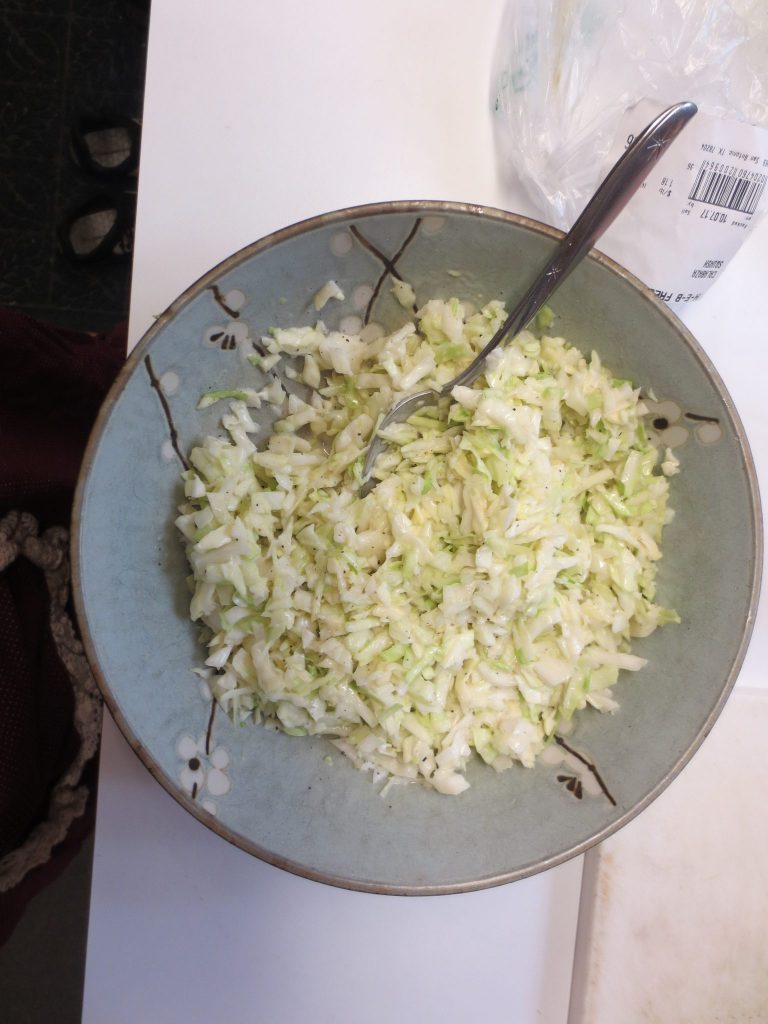
A step forward in haircare
I only wash my hair with water (and scrubbing!), which works well with soft water. If you have hard water, though, dissolved minerals bind to sebum in your hair to form a weird sticky white residue. Super unpleasant! It makes your hair oddly stiff. The only solution I’d found in the past was to occasionally (maybe once a month) wash with normal shampoo.
But I just had a breakthrough! Some people claim that washing with cold or cool water keeps your hair nicer (for unknown reasons). Between this and the fact that cold hard water in particular should have fewer dissolved minerals, I decided to try washing my hair with cold water (but take an otherwise hot shower). I wash my hair as the water is warming up.
It works amazingly well! The cold water even reversed previous mineral buildup. My hair is silky and soft without being greasy. It’s not stiff, it’s not sticky. Even my skeptical mom says that it feels nice!
It snowed!
It snowed in Austin! The triannual 1-cm snow came right on time.
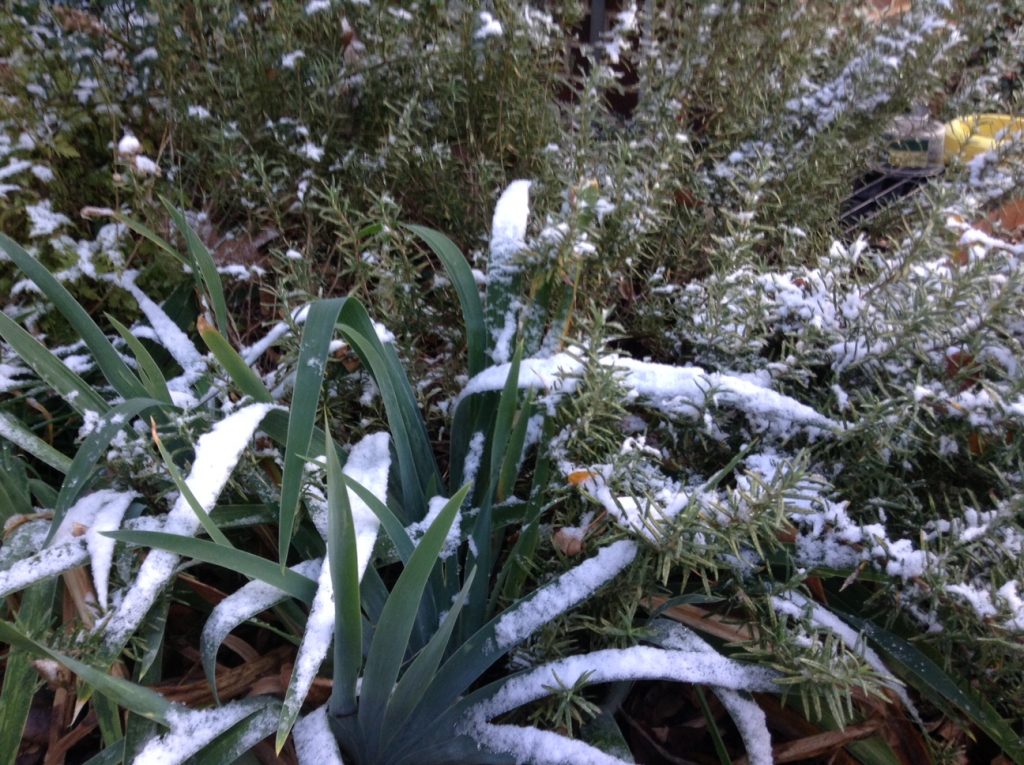
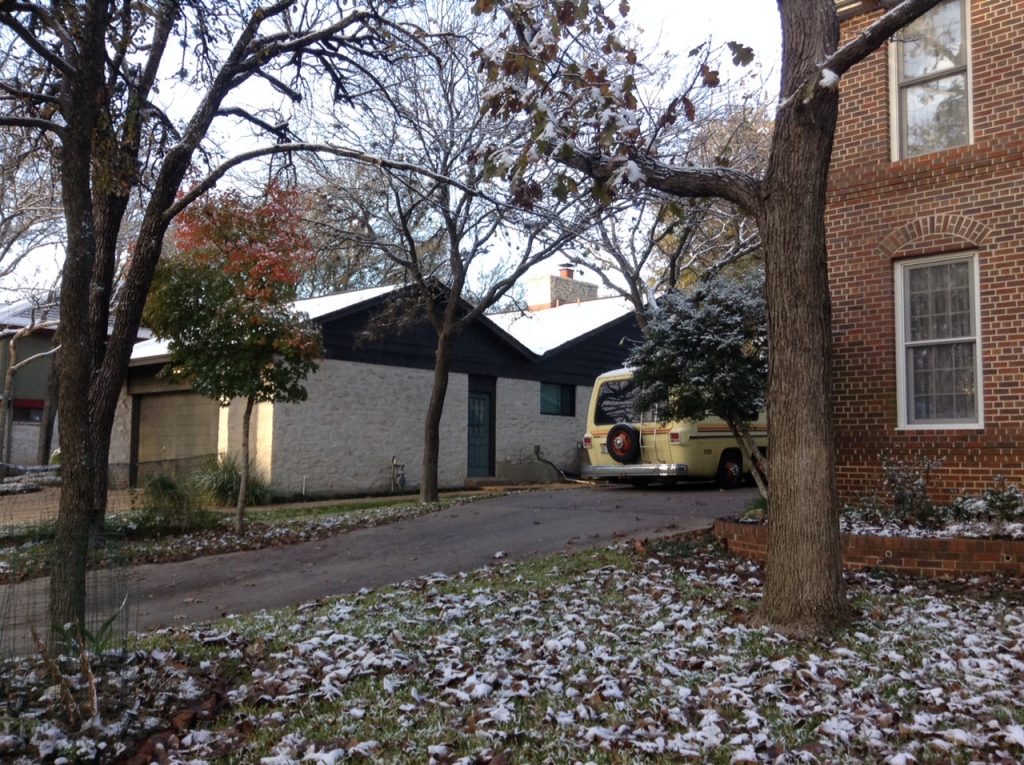
Wasted!
There’s a new food waste documentary out! It’s called Wasted! and features Anthony Bourdain, a food show celebrity who apparently has a cult following.
The documentary is well-produced and covers familiar as well as unfamiliar ground. I’d say that the overall message is familiar, but the details and anecdotes are interesting and illuminating.
Did you know that people in Seoul, South Korea, pay by weight to throw away their food waste? And Japan has a food-waste-saving pig-feeding operation. That’s pretty neat! Japanese pork producers have been experimenting with what combinations of types of food waste (e.g. veggies and fruits, but no grain) to feed pigs to get the best flavor.
And it takes about 25 years for a head of lettuce to decompose in a landfill D: Not neat. So don’t waste food! If you’re not going to eat it, give it away or feed it to a pet. And make sure to take advantage of composting in your area! If you have a yard, start a compost pile. Maybe your city collects compost, maybe there’s a community garden near you that has a compost pile. Lots of options! Some people even keep worm bins in their apartments.
You can rent the documentary various places online. See the website for details!
